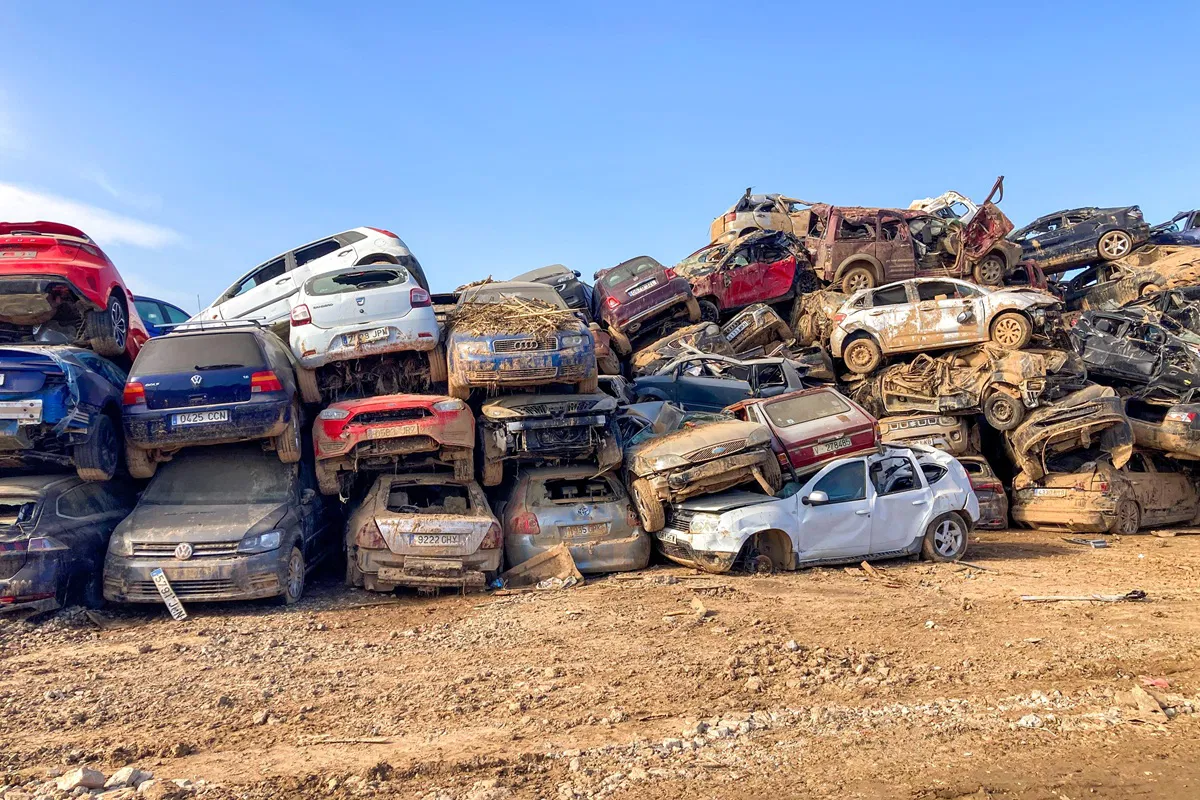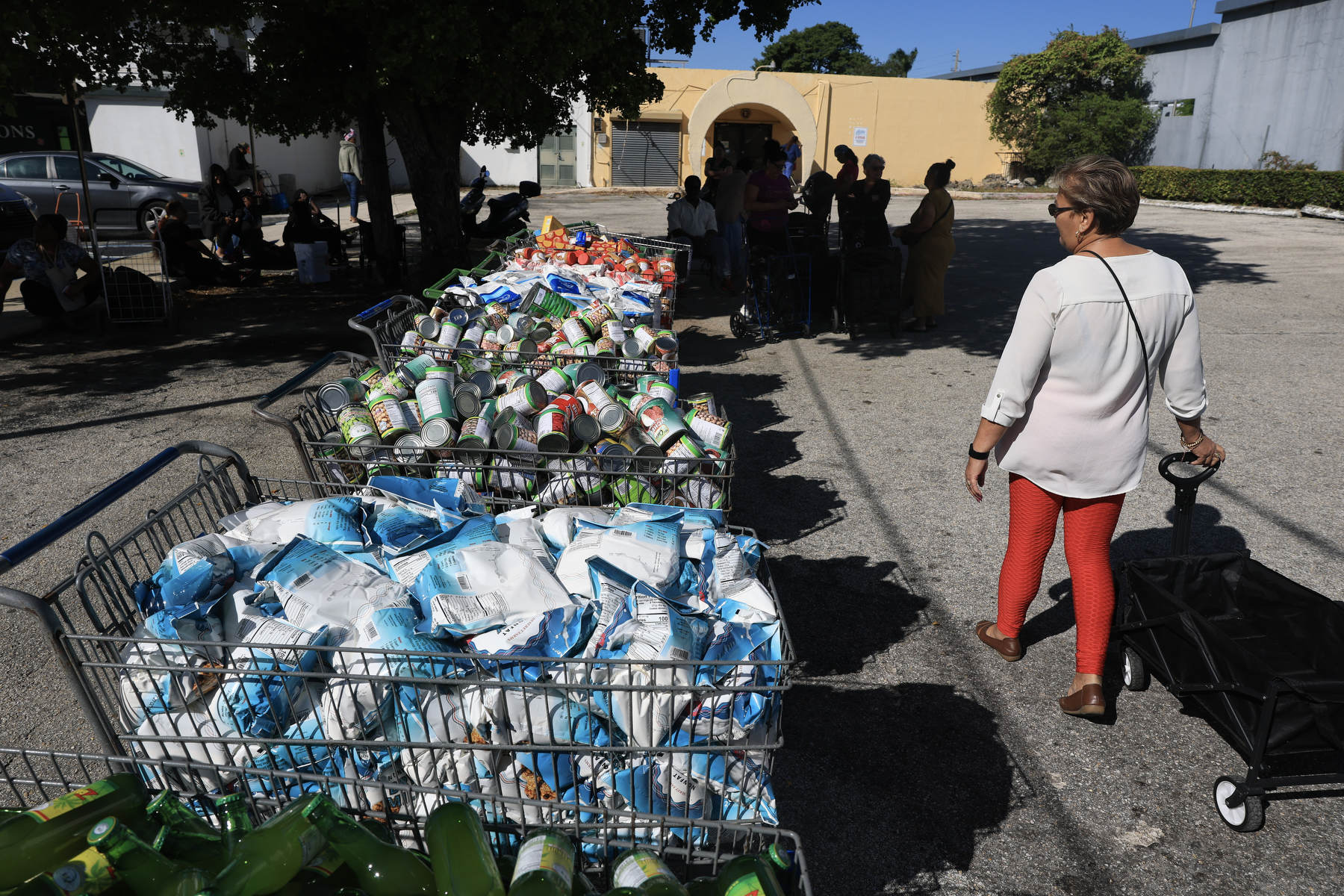Copyright euroweeklynews

A year has passed since the deadly DANA floods tore through Valencia – a catastrophe that claimed 229 lives, wiped out entire neighbourhoods, and left behind a trail of destruction worth €17.8 billion. Yet for many of those who lived through it, time hasn’t healed much. The memories are as raw as the day the skies opened, and the pain remains heavy across the region. The day Valencia drowned It was October 29 2024 when the rain began to fall – hard, fast, and unrelenting. Within hours, streets turned into rivers, homes were engulfed, and cars floated like paper boats through what were once bustling towns. By nightfall, large parts of the province of Valencia were underwater. The human toll was devastating. 229 people lost their lives, among them a baby who was never born. In the days that followed, the heartbreak continued – two workers died during the cleanup operation, and hospitals were filled with the injured. More than 2,600 people were hurt, and 117,000 needed medical care. Around 303,000 residents were directly or indirectly affected, and experts estimate that over 80,000 people are still battling the psychological fallout – many showing signs of post-traumatic stress disorder. For the towns caught in the heart of the storm – the so-called ‘ground zero’ – the pain is everywhere. Places like Paiporta, Catarroja, and Aldaia each saw more than 20,000 of their residents affected. These densely packed communities, home to just 10 per cent of the province’s population, bore the brunt of nature’s fury. Now, a year on, these same streets are still haunted by what happened – and by growing anger at what many see as political failure. Pressure is mounting on Carlos Mazón, president of the Valencian regional government, with critics calling for his resignation amid claims of mismanagement and lack of preparedness. Billions lost – and a long road to recovery The economic fallout of the DANA floods is staggering. Authorities put direct damages at €17.8 billion, but with reconstruction and adaptation costs added in, the final bill could exceed €29 billion. Businesses were devastated – 66,000 commercial premises were affected, alongside 15,969 homes, 1,530 of which were declared uninhabitable. Schools and hospitals suffered too: 115 educational centres were damaged, disrupting the lives of 48,000 students, while 136 social and healthcare facilities, including 57 local health centres, were hit. The floods also destroyed 144,000 vehicles, most of them written off completely, and impacted the livelihoods of nearly 275,000 workers. Local officials say it could take years before the economy of the region fully recovers. The damage, they argue, wasn’t just financial – it was structural. Roads collapsed, bridges were ripped away, and the very foundations of towns were shaken. To rebuild safely and prevent a repeat of the tragedy, experts believe billions more will be needed to modernise infrastructure and redesign the most vulnerable areas. For the families still rebuilding their homes, however, progress has been painfully slow. Bureaucracy, insurance disputes and funding delays have left many feeling forgotten. A region reshaped by disaster The sheer scale of destruction left by the DANA is difficult to imagine. Floodwaters devastated 564 square kilometres across 75 municipalities, home to one million people and generating 30 per cent of Valencia’s GDP. Infrastructure was obliterated: 1,450 kilometres of roads were damaged, along with 566 kilometres of railway, 380 bridges, and 2,755 kilometres of forest tracks. The floods also tore through 640,000 hectares of woodland, and 123 wastewater plants, leaving three-quarters of Valencia’s transport network unusable. Then came the cleanup – a task so immense it defied belief. Teams cleared more than one million tonnes of debris, working at a pace of 15,000 tonnes a day to reopen 767 blocked roads. They removed 70,000 cubic metres of mud, 130,000 destroyed vehicles, and 20,000 tonnes of reeds from the ravaged landscape. Fifteen municipalities were hit hardest — each one scarred both physically and emotionally. These towns, packed with businesses (nearly 30 per square kilometre) and families living close together, found themselves completely overwhelmed. The storm itself was historic. Classified as a ‘DANA’ — an isolated depression in high atmospheric levels – it unleashed an astonishing 771 litres of rain per square metre in just 24 hours in the town of Turís, including 187 litres in a single hour, the most intense rainfall ever recorded in Spain. The result was a deadly surge through the Poyo ravine, with water flow peaking at 2,409 cubic metres per second, turning streams into raging torrents that swept away everything in their path. One year on: grief, frustration and unanswered questions Twelve months later, Valencia is still piecing its life back together. The grief remains, but frustration is now just as strong. For many, the tragedy exposed the fragility of a region unprepared for the reality of climate change – where Mediterranean storms are becoming fiercer, faster, and far more destructive. Experts are warning that without urgent adaptation – better drainage systems, smarter urban planning, and stricter building regulations — the next DANA could hit even harder. But on the ground, locals feel that lessons haven’t been fully learned. A year after the skies unleashed their fury, Valencia stands as both a warning and a reminder – of the power of nature, the price of inaction, and the resilience of a people determined to rebuild, even when the waters have long since receded. Stay tuned with Euro Weekly News for the latest news from Spain



